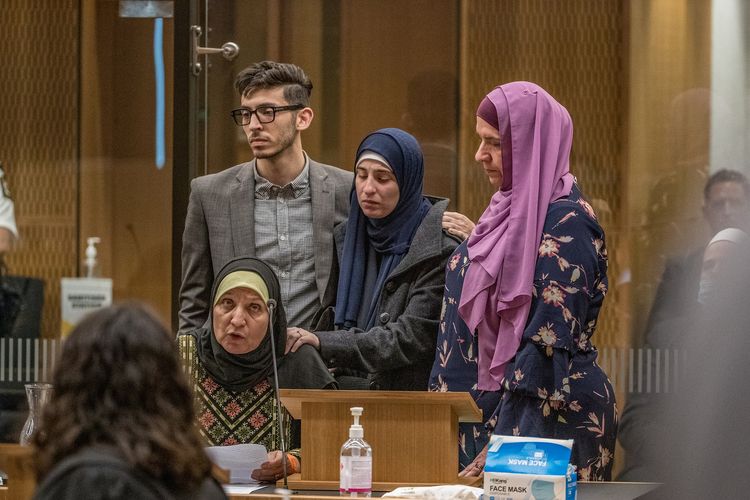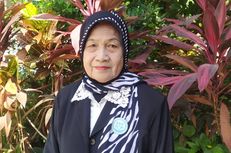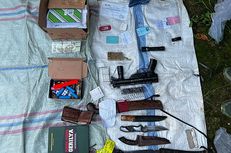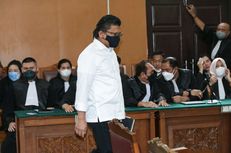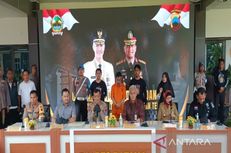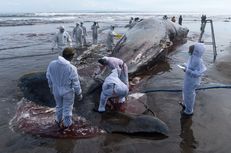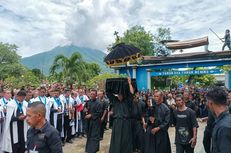Families Confront Brenton Tarrant, Christchurch Mosque Gunman

When they took over, she said, she held her husband’s warm hands until they dropped. He had died.
“I’m still searching for my husband’s beautiful face in the crowds, but he’s nowhere to be seen,” she said.
Some speakers raised their voices in anger when they addressed the gunman. One said nothing less than the death penalty would be fair.
Read also: 5 Indonesians Face Possible Death Penalty in Malaysia for Drug Smuggling
Janna Ezat, whose son Hussein Al-Umari was killed, looked at Tarrant and spoke softly.
“I forgive you,” she said. “The damage is done, Hussein will never be here. I only have one choice and that is to forgive.”

Monday's hearing began with prosecutors outlining the attacks in a 26-page summary of facts, the first detailed account by authorities about what happened that day, including the revelation that Tarrant had intended to burn down the mosques.
Crown prosecutor Barnaby Hawes said Tarrant moved to New Zealand in 2017 and began buying an arsenal of high-powered weapons, as well as 7,000 rounds of ammunition.
Two months before the attacks, Tarrant flew a drone directly over the Al Noor mosque, recording an aerial view of the grounds and buildings and taking note of the entry and exit doors, Hawes said.
Hawes said the gunman planned his attacks for when the maximum number of worshippers were present, and that 190 people were in the Al Noor mosque for Friday prayers on the day of the attacks.
In his car, the gunman had six guns — two AR-15 rifles, two other rifles, and two shotguns, the court heard.
He also brought with him four modified gas containers that he planned to use to burn down the mosques after he finished shooting, Hawes said.
The gunman later told police he wished he had used them and that he wished he'd shot more people.
Read also: Millennial Military Officers Told to Fight Cyberspace Radicalism in Indonesia
Hawes also detailed the bravery of Naeem Rashid, who was killed at the Al Noor mosque.

